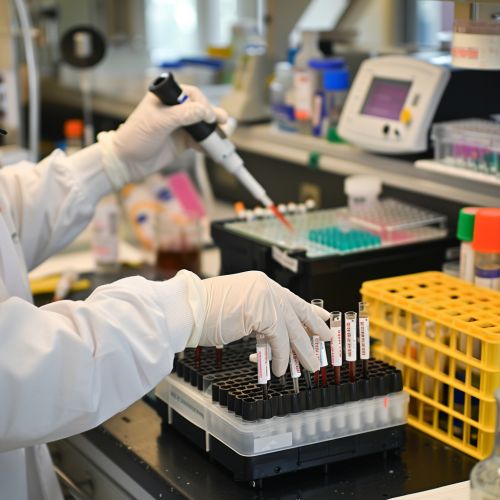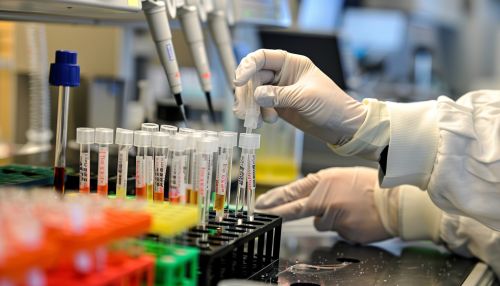RNA extraction
Overview
RNA extraction is a purification process that isolates the RNA from biological samples. This process is crucial in numerous scientific fields, including molecular biology, clinical diagnostics, and forensic science. The primary goal of RNA extraction is to obtain a pure, intact RNA suitable for subsequent applications, such as qPCR, RT-PCR, next-generation sequencing, and microarray analysis.
Importance of RNA Extraction
RNA plays a vital role in various biological processes, including protein synthesis, gene regulation, and viral replication. Therefore, studying RNA can provide valuable insights into the cellular processes and the molecular mechanisms of diseases. However, RNA is highly susceptible to degradation, making its extraction and purification a critical step in RNA-based research.
RNA Extraction Methods
There are several methods for RNA extraction, each with its advantages and disadvantages. The choice of method depends on the type of sample, the RNA quality and quantity required, and the intended downstream applications.
Organic Extraction
Organic extraction, also known as the phenol-chloroform method, is a traditional method for RNA extraction. This method involves the use of phenol and chloroform to separate RNA from DNA and proteins. Despite its high yield and purity, this method is time-consuming, requires hazardous chemicals, and poses risks of RNA degradation and contamination.
Solid Phase Extraction
Solid phase extraction, commonly performed using silica-based columns or magnetic beads, is a more modern method for RNA extraction. This method is safer, faster, and more convenient than the organic extraction method. However, it may yield less RNA and can be more expensive.
Automated RNA Extraction
Automated RNA extraction systems have been developed to increase throughput and reduce manual labor. These systems use either organic extraction or solid phase extraction principles, coupled with automated liquid handling and processing. While these systems offer high reproducibility and efficiency, they require significant initial investment and may not be suitable for all types of samples.
RNA Extraction Protocol
The general protocol for RNA extraction involves several steps: sample collection and preservation, cell lysis, RNA purification, and RNA quantification and quality assessment. Each step must be carefully performed to prevent RNA degradation and contamination.
Sample Collection and Preservation
The first step in RNA extraction is the collection and preservation of the biological sample. This step is crucial as improper handling of the sample can lead to RNA degradation. Various RNA preservation solutions are available to stabilize RNA in the samples.
Cell Lysis
The next step is cell lysis, where the cells are broken open to release the RNA. This can be achieved through mechanical disruption or the use of lysis buffers. The choice of lysis method depends on the sample type and the downstream applications.
RNA Purification
After cell lysis, the RNA is purified from other cellular components. This can be done through organic extraction, solid phase extraction, or a combination of both. The purified RNA is then precipitated and resuspended in a suitable buffer.
RNA Quantification and Quality Assessment
The final step is the quantification and quality assessment of the extracted RNA. This can be done using spectrophotometric measurements, fluorometric assays, or gel electrophoresis. The RNA quality is crucial for the success of downstream applications.
Challenges in RNA Extraction
Despite the advances in RNA extraction techniques, several challenges remain. These include the risk of RNA degradation, the presence of RNA-binding proteins and RNases, the difficulty in extracting RNA from certain types of samples, and the variability in RNA yield and quality.
Future Directions
The field of RNA extraction continues to evolve, with ongoing research aimed at developing more efficient, reliable, and cost-effective methods. These advancements will undoubtedly contribute to the progress of RNA-based research and its applications in various scientific and clinical fields.
See Also


